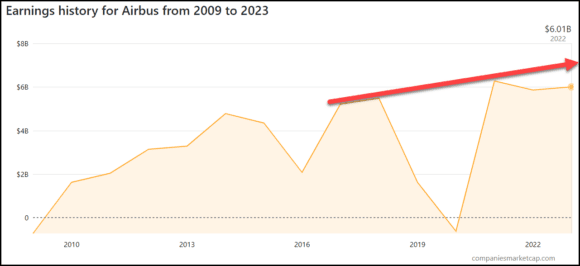The re-engining announcement for the 737 by Boeing has given us pause to consider the impacts of both airframes and engines and their impact on commercial aircraft. Clearly, engines are the driving force for technology in the industry, as fuel burn is approaching 50% of operating costs, and the proportional impact from changes in engine technology are higher than other factors. But what about other elements, and how can new airframe developments, taken together, impact the economics of aircraft.
The 787 and A350, with composite structures, promise a dramatic reduction in operating costs well beyond the savings from new technology engines. The same goes for the Bombardier CSeries, which will offer a 15% reduction in overall operating costs, about half from new technology engines and the other half from new airframe technology. Irkut’s MS-21 and COMAC’s C919 are being designed both for domestic and export, with world class suppliers assisting with their new 21st century designs. Whether they achieve similar results as Bombardier remains to be seen, but they are quite likely to be better economically than the more dated designs from Airbus and Boeing.
In comparing a re-engined aircraft with an all new technology airframe, the savings for a re-engined aircraft will typically be about half that achieved by a new technology airframe with new technology engines. The trade-off is capital costs, as Boeing and Airbus can continue to produce existing products with new engines at lower cost than all new aircraft programs, such as the CSeries, MS-21 and 919. Can the economies of scale and pricing power keep Boeing and Airbus on top? That is the key question for the next decade, as both of today’s players are betting on yesterday’s technologies.
The narrow-body market will soon undergo a fundamental change, and Boeing and Airbus will be eclipsed as technology leaders. Let’s examine the current and planned aircraft under development that will enter service before 2021 in the chart below.
 It is interesting to note that neither Airbus nor Boeing have a 21st century airframe and engine combination, which all of the new competitors will. Does that mean that the competitors will offer better overall operating economics? The answer is quite likely. That means Airbus and Boeing will need to compete on price, service and support, and reputation rather than technology. But Bombardier has global support and a strong reputation, and has recently signed an agreement to help COMAC — so the competition may evolve to perceived risk and price. Once these new aircraft are in service and operating reliably, and risks are removed, the nature of competition will turn to price, and Airbus and Boeing must price to the point of economic indifference.
It is interesting to note that neither Airbus nor Boeing have a 21st century airframe and engine combination, which all of the new competitors will. Does that mean that the competitors will offer better overall operating economics? The answer is quite likely. That means Airbus and Boeing will need to compete on price, service and support, and reputation rather than technology. But Bombardier has global support and a strong reputation, and has recently signed an agreement to help COMAC — so the competition may evolve to perceived risk and price. Once these new aircraft are in service and operating reliably, and risks are removed, the nature of competition will turn to price, and Airbus and Boeing must price to the point of economic indifference.
The current strategy for Airbus and Boeing is to lock up as many orders as possible for neo and RE models, expand production capacity, and try to price the new competitors out of the market through economies of scale. That may work. While the Chinese and Russian markets are expected to be most successful in their domestic markets, Bombardier will be an effective and tough competitor. And if Bombardier pulls the trigger on larger CS500 and CS900 models, for which they have reserved trade names, the competition could become even more interesting.
With Boeing now joining Airbus in putting off building a new airplane and ceding the mantle of technology leadership to Bombardier, the CSeries could be the real beneficiary – now that everyone knows it will be the only established player with a new technology narrow-body program through the middle of the next decade.




What about the A380??
You seem to have forgotten that all Airbus NEO aircraft will have sharklet wings.
I think they forgot a lot of things besides just the sharklet wings.
Does a 737 or A320 derivative become less advanced than something totally new? We will ignore the fact that the structures and aerodynamics have changed. It is kind of like saying that a Formula 1 car is the same as a ’65 VW bug because they both use rubber tires.